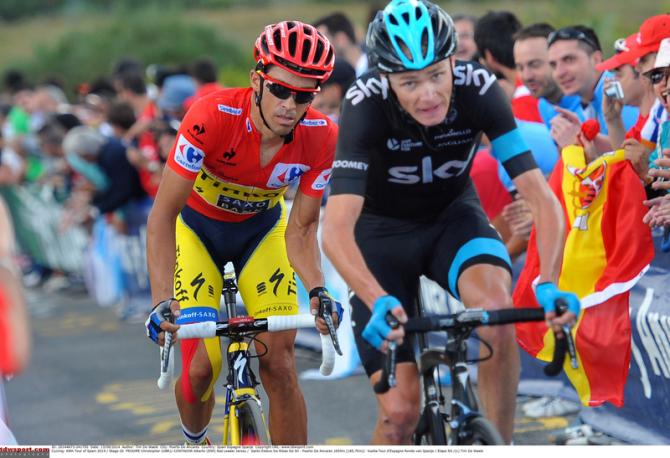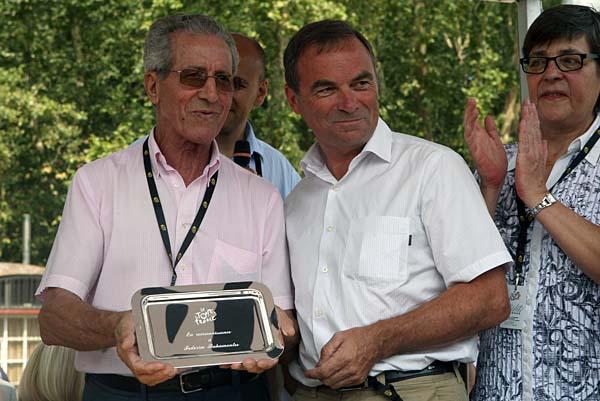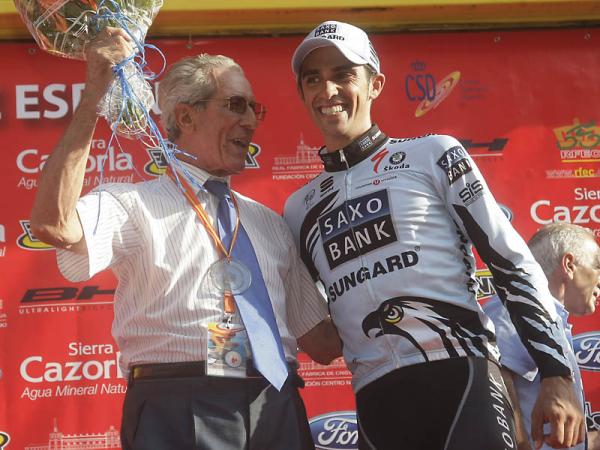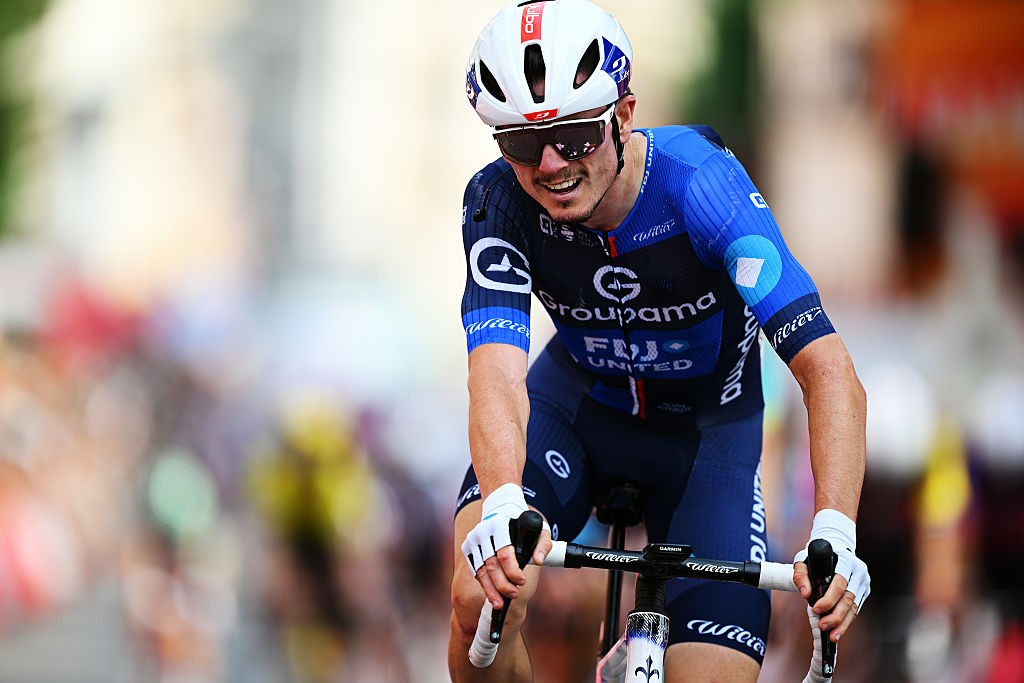Bahamontes on the Triple Grand Tour Challenge
"It is possible to do all three Grand Tours in one year"



It is possible to do all three Grand Tours in one year. I did it in 1958, winning the King of the Mountains classifications in the Vuelta and Tour.
The key to it, though, is how you tackle the season. You have to rest up beforehand. You can’t get to the end of March and already have 6000 kilometres of racing and training in your legs. You have to start your season later, miss out on the Tour of Andalusia and Milan-San Remo and so on.
Resting up like that in the early season can really make a difference. That’s what I did in 1959, I hadn’t raced for a month and a bit before I did the Tour de Suisse and then went on from there to win the Tour de France.
But there’s other questions involved here - rather than what races you do, it’s how you race them that matters for cycling.
You should fight for stages from the moment the flag drops at the start, then right the way through to the finish. Going for it 500 metres from the finish, like Contador did in the Vuelta on a couple of high mountain stages, is not so interesting for the spectators. Cycling has to go back to what it was like in the old days. If you go to a boxing match and the two guys are not beating the hell out of each other, are you going to go back and watch another match?
And in any case, who is left out there in Spain, once this generation of riders has gone? Contador’s got another few years in him, and there’s Valverde too. He’s a real champion, but he always has a bad day in the Grand Tours. And Purito’s good of course. But right now, when you look at cycling at an amateur level in Spain, it’s completely burned out. That’s very worrying.
The latest race content, interviews, features, reviews and expert buying guides, direct to your inbox!
In his first blog for Cyclingnews, Federico Martín Bahamontes, six times Tour de France King of the Mountains and rated the all-time greatest ever Tour climber by L'Equipe newspaper last year, explains how he and his fellow pros of the 1950s would tackle the early season.
